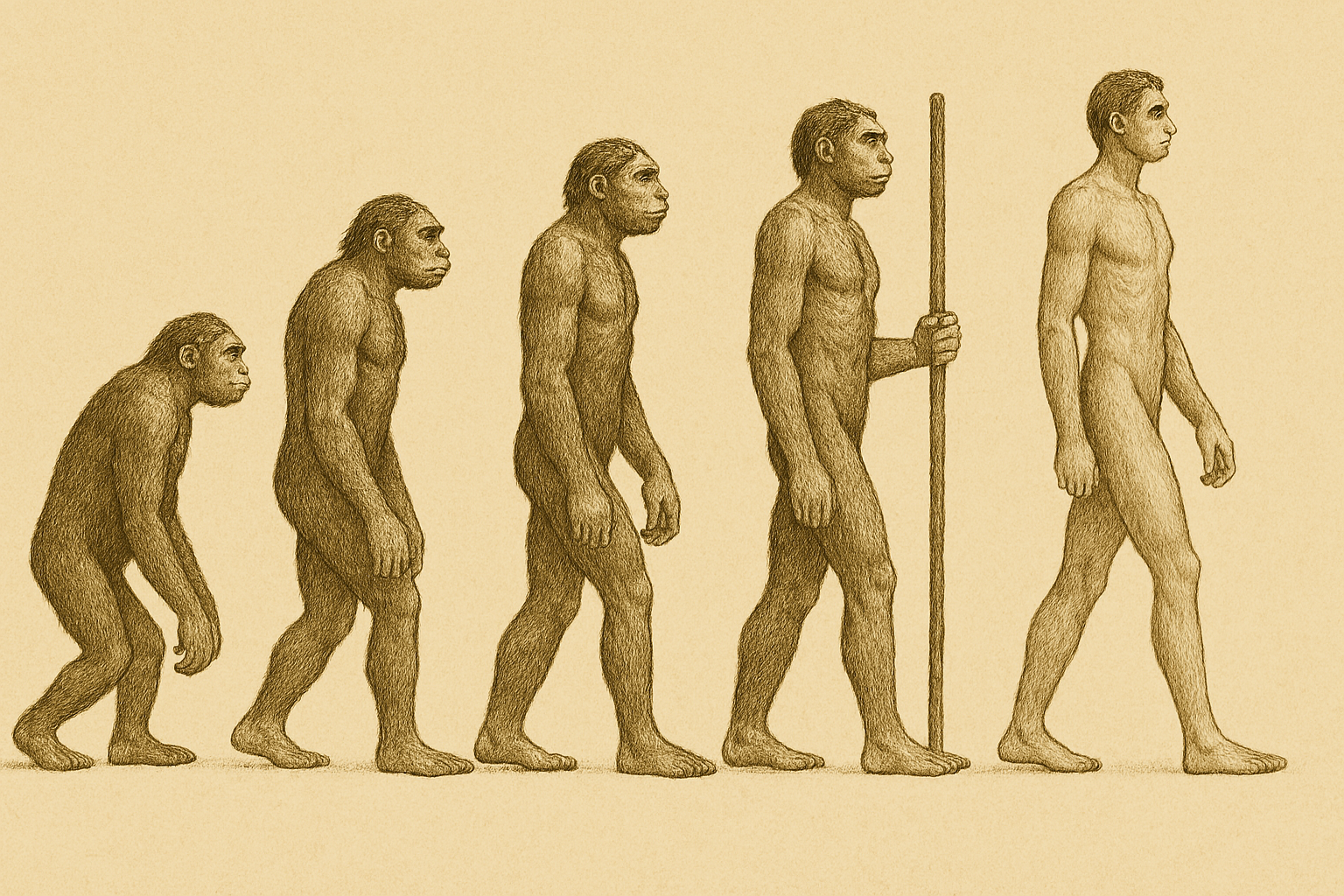We descend from not one, but at least two ancient groups 🧬
Follow us on Google News (click on ☆)
Researchers from the University of Cambridge used complete genomic sequences to trace our past. Their analysis shows that two ancient human groups, separated about 1.5 million years ago, mixed again 300,000 years ago. This mixing contributed 80% and 20% respectively to our current genetic heritage.

Unlike the dominant theory of a single evolutionary lineage, this study published in Nature Genetics suggests a more nuanced history. Scientists developed an algorithm called cobraa to model these events. This tool helped identify genetic signatures from populations now extinct.
The team also discovered that one ancestral group experienced a drastic population reduction before slowly recovering. This group accounts for the majority of our DNA and also appears to be the ancestor of Neanderthals and Denisovans. The other group, although minor, may have played a key role in our brain development.
Genes inherited from the second group are often located far from functional regions of the genome. This could indicate natural selection having eliminated deleterious mutations over time.
Applying cobraa to other species like bats and dolphins revealed similar ancestral population structures. These findings challenge the idea of linear and simple evolution for many species. Genetic exchanges appear to have been an important driver of diversification.
Fossils of Homo erectus and Homo heidelbergensis might correspond to these ancestral populations. However, further research is needed to establish precise matches. Scientists plan to refine their model to better understand gradual genetic exchanges between populations.
This study highlights the richness and complexity of our evolutionary history. It also demonstrates genetics' power to reconstruct ancient events, offering a new vision of our origins.
What is purifying selection?
Purifying selection is an evolutionary process that eliminates harmful genetic mutations over generations. It acts as a filter, favoring genetic variants that don't alter protein function or organism survival.
This mechanism is particularly important in genome regions essential for life. Deleterious mutations in these areas are quickly weeded out, maintaining stability of critical biological functions.
In this study, purifying selection might explain why some genes from the minor ancestral group are located far from functional regions. These genes, less compatible with the majority genetic background, may have faced stronger selective pressure.
Understanding this process illuminates evolution and adaptation mechanisms. It shows how nature optimizes genomes to ensure species survival and reproduction.